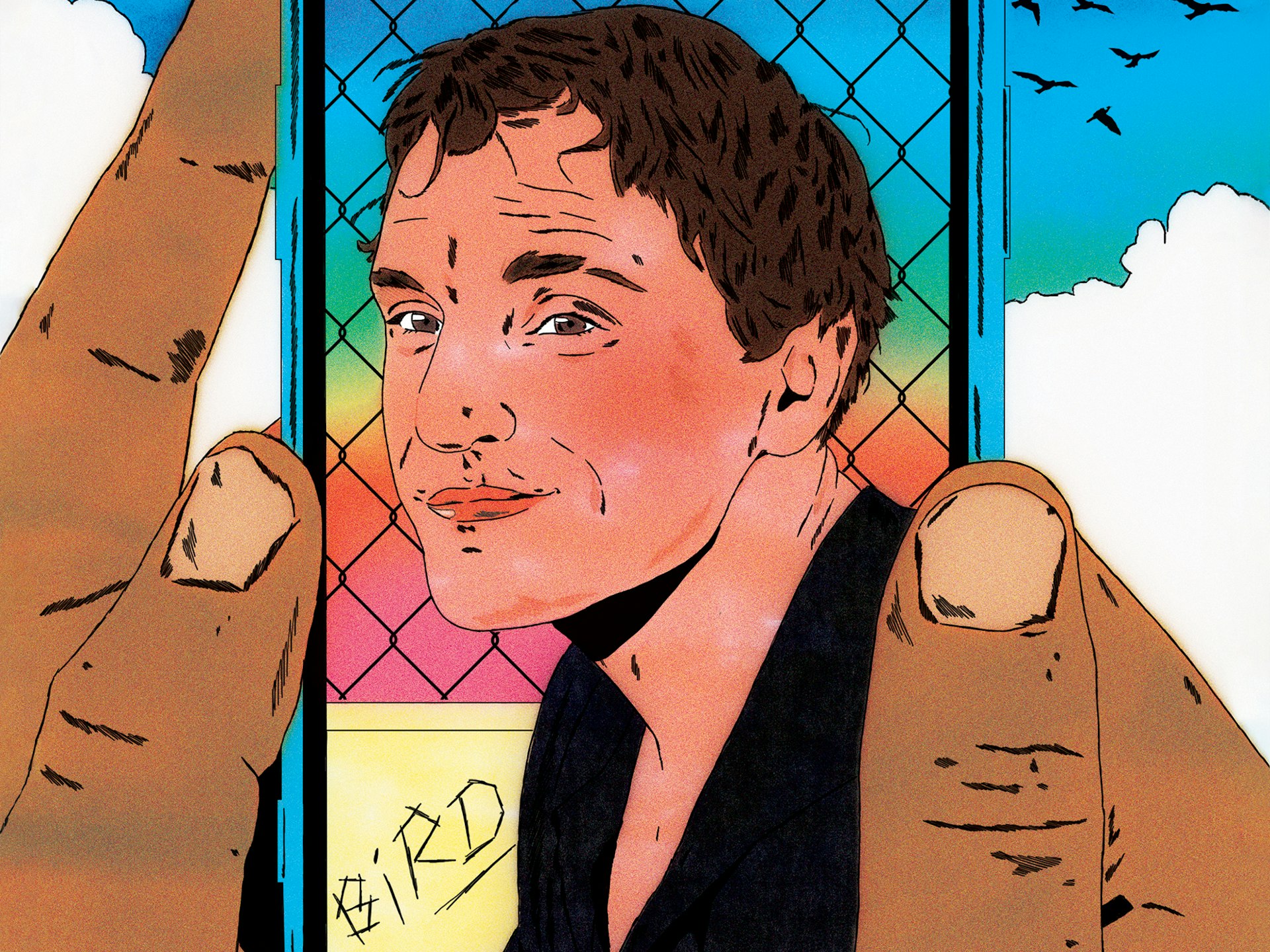The photographer shooting the soul of Baltimore
- Text by Shan Wallace
- Photography by Shan Wallace

The history of Baltimore was something I learned as I got older. In public school, they didn’t really teach us much about it. Over time, though, I started to explore the city as a photographer. So I was able to discover it for myself.
We have such a rich history. There is history embedded in the sidewalks, in the infrastructure, in the monuments built around the city. We have The Apollo, we have The Charles Theatre, we have The Avenue, we have The Afro – which is the oldest African-American family-owned newspaper. There’s Billie Holiday. Duke Ellington had his last show here, John Coltrane came here. There are a lot of photographers, too.
As for me, I probably took my first photograph when I was about eight years old. My grandparents bought a camera and didn’t know how to use it. So I just took it upon myself to learn. I used to take polaroids of them. As the years passed, I was just having fun, shooting with my friends, and for a long time I just dabbled.
But I started to become more clear on what kind of photographer I wanted to be as I started to gather a different perspective of my city – a different perspective of just being Black. Then, when I was in my mid-20s, I got laid off from my job at the time – I thought, ‘I love photography, why not pursue this?’

It became serious instantly. Because during the time, at home in Baltimore, we were having the uprising. I started contributing to newspapers, I started using my voice – using photography – to tell a truer narrative of Baltimore. A lot of these publications and news places, they all come, they tell this one-sided story, they only focus on the action. But once the action stops, when the fire goes out and the people go home, they don’t continue to report.
That’s why I was so happy to be part of this campaign. Brandon, who I focus on for my part of the project, is someone who works for Baltimore. He’s a creator and artist: I think that he has what it takes to be one of the best musicians to ever come out of here. He cares so much about his city and, to me, that means the most – because as a photographer, I don’t have the work that I have without my city.
So much of my process in Baltimore includes listening to people – real people who occupy space here, who pay tax here, who contribute. I am constantly filling myself up with feelings and perspectives and real stories of this city. That’s what Brandon does too.
In the film that we shot together, Brandon says: ‘We need to normalise our vulnerability.’ I was really happy that he said that. Because in Baltimore, the goal is to survive. From survival, we can start to live, but you have to get to that place first. With survival, there isn’t much room or encouragement to be vulnerable. But Brandon’s quote ended up on a billboard we put up in the city, which is on a main street, by a main intersection.
So many people will look at that billboard and see that brilliant statement. I think we all need to hear it, especially in such tiring times. I want it to serve as a reminder to people – to be soft and gentle and tender with yourself, and with others. It’s something that we all need to normalise.
(As told to Niall Flynn)
one future is spotlighting first-time voters in the U.S. – learn more about the campaign on Calvin Klein’s website.
See more of Shan Wallace’s work on her official website.
Enjoyed this article? Like Huck on Facebook or follow us on Twitter.
Latest on Huck

Surreal Halloween portraits from 1970s San Francisco
Unhinged and otherworldly portraits of All Hallows Eve almost half a century ago form the basis of photographer Ken Werner’s new book ‘Halloween: A Fantasy in Three Acts’.
Written by: Isaac Muk

Battling Breast Cancer as a family of photographers
A new monograph documents the journey of a young family through a traumatic diagnosis in an intimate set of portraits.
Written by: Miss Rosen

In photos: a perilous portrait of America spiralling into fascism
Photographer Debi Cornwall’s ‘Model Citizens’ is an unnerving exposé of the banality of evil that hides in plain sight.
Written by: Miss Rosen

Exploring the antifascist history of Cape Verde’s Tarrafal concentration camp
A new photobook magnifies the stories of people who had spent time imprisoned in the camp and those who helped them.
Written by: Isaac Muk

Three decades behind the scenes of the music industry
Eddie Otchere’s ‘Spirit Behind the Lens’ is a story of music and culture that crosses and transcends borders.
Written by: Isaac Muk

Barry Keoghan, Franz Rogowski and Andrea Arnold on ‘Bird’
The new issue of Little White Lies brings Andrea Arnold’s sixth feature to life with a thematic voyage down the Thames estuary.
Written by: Maisy Hunter